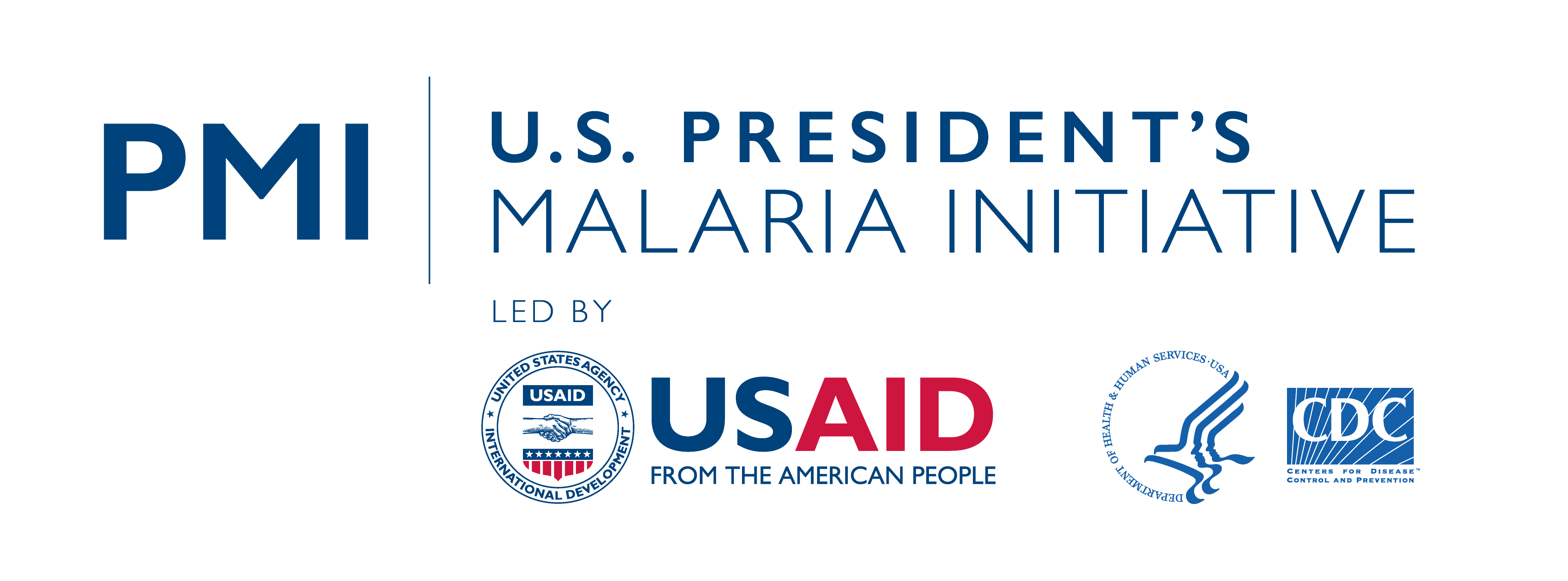 *This country is now operating under the U.S. President’s Malaria Initiative Evolving Vector Control to Fight Malaria Project.
*This country is now operating under the U.S. President’s Malaria Initiative Evolving Vector Control to Fight Malaria Project.
Malaria is endemic throughout Senegal and the entire population is at risk. While the number of reported malaria cases has dropped in recent years, malaria is still a major cause of morbidity and mortality and a high priority for the government. Senegal has made significant progress against malaria and remains one of the leaders in piloting and scaling up new recommendations and strategies to increase the reach and effectiveness of interventions.
As part of an effort to scale up vector control interventions, the National Malaria Control Program (NMCP) received support from the U.S. President’s Malaria Initiative (PMI) for Indoor Residual Spraying (IRS) and insecticide-treated net (ITN) distribution. In Senegal, IRS implementation began as a pilot in three health districts (Velingara, Nioro, and Richard-Toll) in 2007. Then in 2015, targeted IRS was implemented within districts where health posts reported the highest malaria incidence (> 15 cases/ 1000 inhabitants). The NMCP chose to discontinue IRS in 2018, but it later resumed in 2020 under the PMI VectorLink Project.
In 2020, 136,417 structures in four districts (Koungheul, Koumpentoum, Makacolibatang, and Kedougou) were sprayed out of 137,932 structures found for a coverage level of 98.9%. In 2021, PMI VectorLink continued spray activities in the same four districts, reaching a coverage level of 97.2%. In 2022, the project again sprayed the same four health districts reaching a spray coverage of 97.5%.
In 2022, PMI VectorLink Senegal also procured equipment for the University of Cheikh Anta Diop (UCAD) laboratories and insectary, conducted IRS quality testing and entomological monitoring, trained six UCAD entomologists on mobile data collection, supported the NMCP’s continuous distribution of ITNs, piloted a social inclusion project to reach children living in koranic schools with mosquito nets, and conducted ITN durability monitoring for pyrethroid and PBO nets.
The NMCP decided that they will not implement IRS in 2023, so PMI VectorLink Senegal supported the continuous distribution of ITNs, conducted entomological monitoring, and strengthened the technical capacity of the parasitology lab at UCAD.

